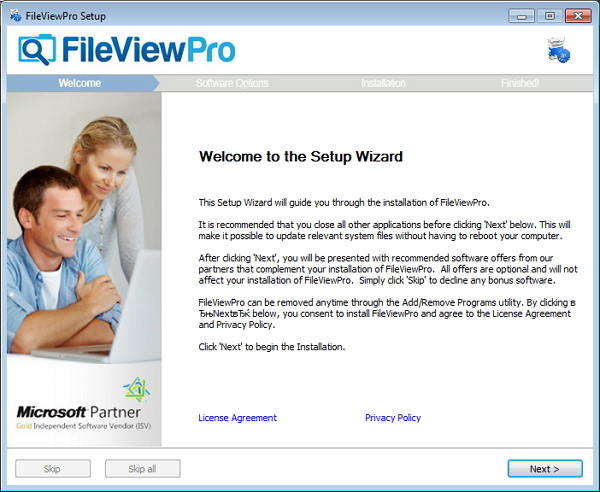FileViewPro is a all-encompassing file-viewing application built to simplify the way users interact with various file types, delivering a single-source hub for opening, coordinating, and interpreting digital data. Whether dealing with frequently used formats or more specialized ones, FileViewPro provides a hassle-free environment enhanced by an user-centered interface. Among the many extensions it accommodates, A2W-based structures hold a distinct importance because of their specialized capabilities in certain multimedia and specialized contexts.
By supporting A2W files, FileViewPro permits straightforward interaction with these files without complications, dissolving the complications commonly associated with proprietary or obscure file structures. A2W files are often linked to tailored applications in media production, simulation scenarios, or technical pipelines. They store data, assets, or configurations in arrangements optimized for a focused operational setup, making them invaluable in endeavors requiring fine-grained control and scalability.
Nonetheless, their specialized architecture often limits usage to the native platform. FileViewPro addresses this constraint by offering robust capability for A2W files, giving operators the chance to investigate or interpret them without needing the default software. This provision empowers users to retain efficiency irrespective of the utilities at their disposal. A prime benefit of FileViewPro is its ability to parse and visualize A2W files in a methodical and accessible way.
By depicting the file contents in a user-friendly interface, FileViewPro gives operators a way to understand and utilize the information within A2W files effectively. This feature is particularly crucial for professionals who require insights on content and data layers inside A2W, such as technical staff, game creators, or creative directors. Whether the file possesses hidden sequences, metadata, or configuration directives, FileViewPro supplies the means for convenient lookup of that data.
 Beyond elementary content display, FileViewPro delivers advanced functionality that make it as a go-to utility for handling A2W files. Operators can isolate required components, adjust internal descriptors, or convert A2W into other formats if wider usage is desired. This adaptive design is highly effective for teams who operate in different OS environments or co-workers that rely on different software. By covering varied transformations, FileViewPro guarantees A2W files fit neatly into sprawling endeavors and programs without forcing the user to have additional specialized technologies.
Beyond elementary content display, FileViewPro delivers advanced functionality that make it as a go-to utility for handling A2W files. Operators can isolate required components, adjust internal descriptors, or convert A2W into other formats if wider usage is desired. This adaptive design is highly effective for teams who operate in different OS environments or co-workers that rely on different software. By covering varied transformations, FileViewPro guarantees A2W files fit neatly into sprawling endeavors and programs without forcing the user to have additional specialized technologies.
A defining trait of FileViewPro is its user-oriented design, ensuring that even those unfamiliar with A2W files can effortlessly get started. With a drag-and-drop interface, accessing specialized data requires very little know-how, and FileViewPro promptly identifies the file type, parsing its contents in moments. The streamlined interface presents A2W data in a well-labeled way, giving both veteran pros and newcomers equally beneficial experiences. Such simplicity lowers the learning curve, helping people to concentrate on content rather than wrestle with complicated toolsets.
In tandem with its accessibility, FileViewPro focuses on safety and stability across proprietary file processing, including A2W. Because dealing with proprietary formats can bring up risks like damaged file extension A2W portions or unrecognized scripts, FileViewPro offers robust checks to shield a user’s environment while protecting the original structure. This focus on stable operations enables professionals work with A2W files without doubt, understanding that potential issues won’t slip through during the import process.
FileViewPro’s universal operational scope provides added ease for groups spread across varied hardware environments. Whether you’re employing a range of major operating systems, FileViewPro promises a similar experience for working with A2W files, avoiding the compatibility concerns that frequently slow down projects.